|
|
Venue
University of Minho
The University aims at being a
“University Without Walls”, completely turned towards the
surrounding socioeconomic environment. International activities
are intense not only with the Portuguese-speaking countries but
also with countries from all continents. The Times Higher
Education 100 under 50 University Ranking 2013 ranked UMinho on
the 76th position worldwide. UMinho considers itself to be a
research university, engaged in the valorization of the chain of
knowledge - Research, Development and Innovation - as is
evidenced by a series of indicators. The ratio between PhD
students and PhD teaching staff is over 1; the fraction of
postgraduate students in the total student population is over
20%; 80% of the teaching staff hold a PhD; the ratio between
research projects and PhDs is over 0.5; around 150 PhD theses
are awarded every year; the average yearly production of
refereed papers published in international magazines is 2/full
time equivalent/year; and 250 R&D contracts are signed every
year with external companies. Amongst the 30 University Research
Units reckoned by The FCT 18 were considered in 2009 to be Very
Good or Excellent by International Evaluation Panels, placing
the UMinho on the top of the Portuguese Universities ranking. In
2012, European Research Council awarded 2 Advanced Grants to
UMinho and in 2013, EC granted a FET project (Future and
Emerging Technologies). UMinho is the unique Portuguese
University involved on the main consortium.
Founded in 1973, the University of
Minho received its first students in the academic year of
1975/76. Today the University is renowned for the competence and
quality of its teachers and for the level of excellence in
research as well as the wide range of undergraduate and graduate
courses offered and the remarkable degree of interaction with
other institutions. For these reasons, UMinho is a central actor
in the region, an important reference for the country and a
recognised partner at a European and global level. Located in
the north of Portugal, the University has a campus in the city
of Braga and another in the city of Guimarães.
The two campuses, one in Braga and
the other in Guimarães, cover a total area of approximately
800.000 ft2, including two general libraries (in Braga and
Guimarães) with about 300.000 books and 600 reading seats, 31
specialized libraries (over 100.000 books), a Classic Library
(more than 300.000 books dating from 1450 to 1900) and 16.750
scientific journals accessible through the Digital Library b-on.
The campuses feature three sports halls, three canteens (4.000
meals / hour), a snack bar, two grills, a restaurant and 14
cafeterias. The number of beds available in the four halls of
residence is quite high (827 and 482 beds in Braga and in
Guimarães, respectively). All of these spaces provide the
necessary conditions for academic success and well-being,
including wireless broadband Internet access, dining rooms,
cafeterias and canteens, study and recreation areas, laundry,
etc.
UMinho ensures the timely payment
of scholarships to all students. Those that benefit from this
kind of financial support are a priority when it comes to the
assignment of student housing. Worth mentioning are also the
cultural and sports activities developed by students gathered in
associations and musical, theatre and poetry groups, among
others. The Academic Association organizes several events,
namely the Freshman Welcome Week and the Enterro da Gata week,
also known as the “Burial of the Cat”. UMinho further provides
medical and psychological assistance as well as access to the
practice of over 50 different sports activities.
Internationalization is a strong
commitment and international activities are quite intense, not
only within the EU and Portuguese Official Language African
Countries (PALOP), but also with several other countries on
different continents. The 2010/2011 academic year is marked by
the beginning of a broader educational provision based on
distance and post-working hour learning programs. This offer
will have a great social impact and it will open the University
to a new public, in the context of demand and quality which has
always been the hallmark of this institution.
More information in
www.uminho.pt
The Minho Region and the City of
Guimarães
Located in the north of Portugal,
the Minho region borders on Galicia (Spain), in the north, and
the Atlantic Ocean, in the west. With a population of over 1.1
million inhabitants, the region is often associated with the
green of its natural scenery, where water is in abundance. Minho
is also typically characterized by a mountainous terrain of
great beauty and biodiversity, which gradually becomes smoother
as one reaches the river valleys and the countless beaches along
the coastline. At present, the geographic area of the Minho
region amounts to 4,700 km². The unique traditional landscape,
marked by small fields, vineyards and corn fields, villages with
granite structures and manor houses bring another dimension to
the description of the region, together with the typical Minho
hospitality, rich culinary tradition and vibrant customs,
celebrations and popular festivals.
Guimarães is a Portuguese city
located in the District of Braga, in the Norte region and the
sub region of Ave (one of the most industrialized sub regions in
the country). Its population of 52,182 inhabitants takes up an
urban area of 23.5 km², with 20 parishes and a population
density of 2.223.9 inhabitants/km². It is the seat of a
municipality with an area of 242.85 km² and 162,572 inhabitants
(2006). It is divided into 69 parishes with the majority of the
population living in the city and on its outskirts. Guimarães
borders on the municipality of Póvoa de Lanhoso in the north,
Fafe in the east, Felgueiras, Vizela and Santo Tirso in the
south, Vila Nova de Famalicão in the west and Braga in the
northwest.
The historic city of Guimarães is
associated with the emergence of the Portuguese national
identity (12th century). Holding the title of World Heritage
from UNESCO, it consists of an exceptionally well-preserved and
authentic example of the evolution of a medieval settlement into
a modern city, its rich building typology exemplifies the
specific development of Portuguese architecture from the 15th to
19th century through the consistent use of traditional building
materials and techniques. With a strong Cultural activity,
Guimarães was the European Capital of Culture in 2012.
Places to visit in Guimarães:
- Castelo de Guimarães - Sito na Colina Sagrada
- Paços dos Duques de Bragança – Colina Sagrada
- Capela de S.Miguel – Colina Sagrada
- Muralha da Cidade – Avenida Alberto Sampaio
- Antigos Paços do Concelho – Largo da Oliveira
- Padrão do Salado – Largo da Oliveira
- Igreja da Oliveira – Largo da Oliveira
- Igreja de S. Francisco – Alameda de S. Dâmaso
- Igreja de S. Pedro – Largo do Toural
- Igreja de S. Domingos – Rua D. João I
- Igreja de S. Dâmaso – Rua D. Mafalda
- Igreja e Convento das Dominicas – Rua Da Liberdade
- Igreja da Misericórdia – Rua da Rainha
- Santuário da Penha – Penha Guimarães
- Convento de Santa Clara – Largo Cónego José Maria Gomes
- Mosteiro de S. Torcato – S. Torcato
- Museu Alberto Sampaio – Rua Alfredo Guimarães
- Museu Martins Sarmento – Rua Paio Galvão
- Centro Cultural Vila Flor – Av. D. Afonso Henriques
- Largo da Oliveira
- Largo do Toural
- Praça de Santiago
More information in
http://www.guimaraesturismo.com/
|



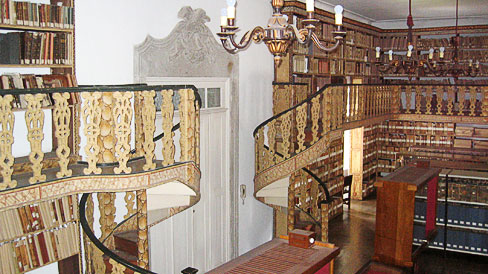




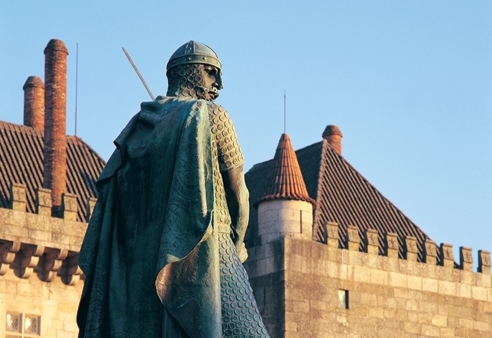
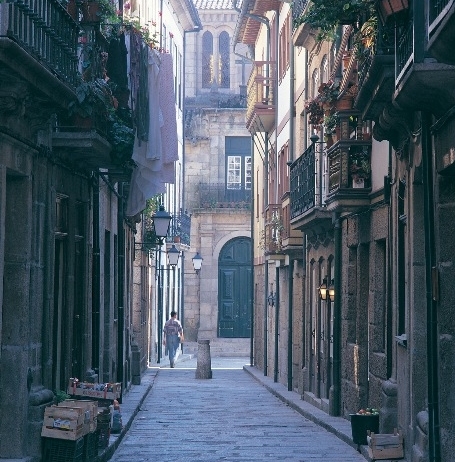
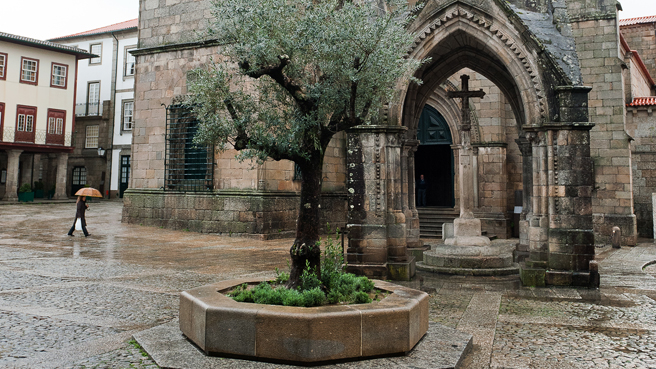

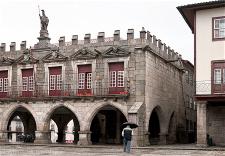 |
|